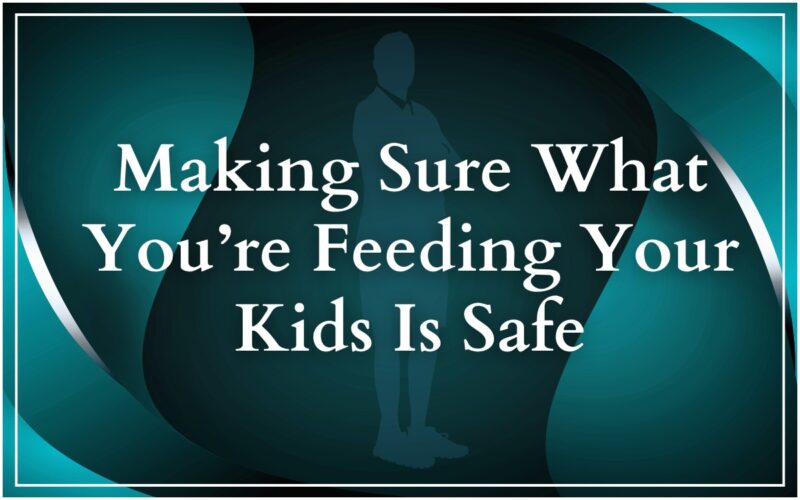Keeping your child fed is about more than just filling their plate or reheating something in the microwave. What and how you feed them ensures they’re healthy and safe.
Food safety includes healthy choices and safe ways to buy, prepare and serve meals. Follow these steps to meet your little one’s needs.
Purchasing Safe Food
When grocery shopping, check best-by dates and inspect all fresh goods — such as bread, cheese, meat and fruits or vegetables — for signs of spoilage. You could even include your older kids in a game, giving them points when they spot best-by dates that have passed or damaged food containers.
My little guy loves snacks, so I luckily have little trouble getting his dietary requirements in. However, small children can inhale hard or round treats, so steer clear. Powdered and dry options are also potential hazards, as the powder may cause aspiration. Instead, try promoting larger, healthier snacks like fruits and vegetables, as they can increase their daily vitamin intake.
Always check your food’s packaging for safety controls. Considering one-sixth of Americans get a foodborne disease annually, it’s never worth risking your or your child’s safety. To reduce that possibility further, consider keeping a cooler in the car to transport temperature-sensitive foods like fish, dairy and meat on long grocery trips.
Encouraging Clean Habits
It’s easy to get sloppy making dinner when you’ve got a toddler running around, but maintaining a bit of tidiness helps keep mealtime worry-free. Ensure your cooking utensils are always clean, and disinfect kitchen surfaces daily. Germs love the little corners of countertops and often hide there before hitching a ride during the next meal prep.
Teach your kids to wash their hands before handling food by doing it, too. Likewise, wash all vegetables and fruit, even if you’re going to peel them. Washing removes pesticides and fertilizers that may otherwise contaminate fresh food. Your kids can help once their hands are clean.
To prevent germ transfer, keep raw meat separate from other foods. A great trick is using two separate chopping boards while prepping food.
Plating and Eating Food Safely
Cut all large foods into smaller, elongated pieces. Round ones like grapes, tomatoes, peas and baby potatoes are regular culprits for choking, so slice or mash them to reduce the risk. Remove any seeds and pits to ensure your child doesn’t swallow or inhale them.
Kids must learn how to chew their food before swallowing to help prevent choking and food inhalation. There’s no rush! Let them chew their food as long as they like, but it must be well-chewed.
Some children do better with this concept if they have a visual. For example, my son loves trucks, so teaching him to crush his food in his mouth like a garbage truck helped him learn to chew thoroughly. It also made mealtime more fun for him, which made getting him to try new things a bit easier on me.
Very young kids often eat with their hands, so I like to keep a sterilized kitchen wipe ready. When they’re a little older, you can get a child-safe mini-knife and spork. Letting them watch you and practice with their own will help them learn how to eat by themselves.
Be present and alert when your kid is eating. Your quick thinking and efficient actions can head off disaster. Even if you told them “not to,” you must be there in case they do something dangerous.
Keeping Children Safe at Mealtime
As a parent, you are your child’s gateway to food. You promote their healthy development by teaching them how to eat safely and ensuring what you give them is as clean as possible. The food habits they learn with you will continue into adulthood, so select how and what you feed your kids wisely.
Jack Shaw is the senior lifestyle writer at Modded with and a single father with a special interest in navigating the ins and outs of being a parent. As fathers, the work we put in isn’t always recognized, but it’s absolutely essential to the health and well-being of our children. You can find more of Jack’s work in publications like Tiny Buddha, Daddy’s Digest, Parent.com and more. Contact him via LinkedIn.









